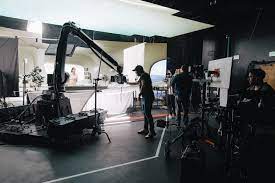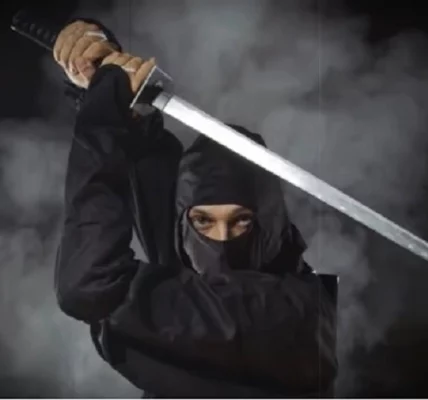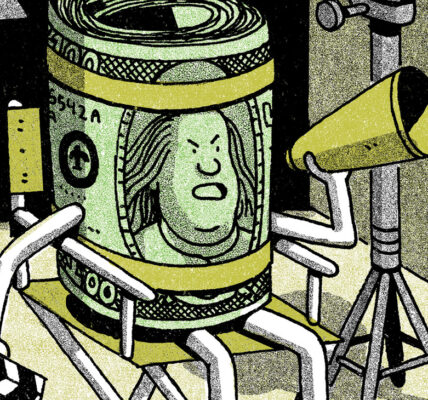Cinematography is more than just capturing images; it’s the art of storytelling through visuals. In the realm of filmmaking, cinematographers wield their cameras as brushes, painting frames that evoke emotions and propel narratives. Join us on a journey into the captivating world of cinematography, where each frame is a brushstroke in the canvas of visual storytelling.
Crafting Visual Narratives:
Cinematography is the marriage of technical precision and artistic vision. Cinematographers, also known as directors of photography (DP), are the visual architects who collaborate with directors to translate scripts into compelling visual stories. Through the selection of lenses, lighting, camera angles, and movement, they shape the viewer’s perception and immerse them in the film’s world.
Lighting as a Painter’s Brush:
One of the essential tools in a cinematographer’s arsenal is lighting. Like a painter playing with light and shadow on a canvas, cinematographers use lighting to create mood, atmosphere, and emphasis. Whether it’s the stark shadows of film noir or the soft, diffused glow of a romantic scene, lighting sets the tone for the narrative.
Choosing the Right Lens:
The lens is the cinematographer’s brush, influencing how the audience perceives a scene. The choice of lens affects depth, perspective, and visual impact. A wide-angle lens can capture sweeping landscapes or emphasize the vastness of a space, while a telephoto lens can bring the viewer intimately close to the subject.
Camera Movement as Choreography:
Cinematography is a dance of movement, and the camera is the nimble partner. From sweeping tracking shots that follow characters through intricate spaces to the static stability of a carefully composed frame, the movement of the camera conveys emotion and guides the audience’s attention.
Color Palette and Composition:
Much like a painter selects a color palette to evoke specific emotions, cinematographers use color grading to enhance the visual language of a film. The composition of each frame is a carefully considered arrangement of elements, creating a visual harmony that complements the story being told.
Icons of Cinematography:
- Roger Deakins: Renowned for his work in films like “Blade Runner 2049” and “No Country for Old Men,” Deakins’ mastery of lighting and composition has earned him accolades and Oscars.
- Emmanuel Lubezki: Commonly known as “Chivo,” Lubezki’s collaborations with directors like Alfonso Cuarón and Alejandro G. Iñárritu, including films like “Gravity” and “The Revenant,” showcase his innovative approach to cinematography.
- Rachel Morrison: Breaking barriers as the first woman nominated for an Academy Award for Best Cinematography for her work in “Mudbound,” Morrison’s lens captures powerful and nuanced storytelling.
Impact on Storytelling:
The art of cinematography goes beyond aesthetics; it influences the emotional resonance of a film and shapes the audience’s connection to the narrative. A well-crafted visual story can elevate a film, immersing viewers in a world that lingers in their minds long after the credits roll.











